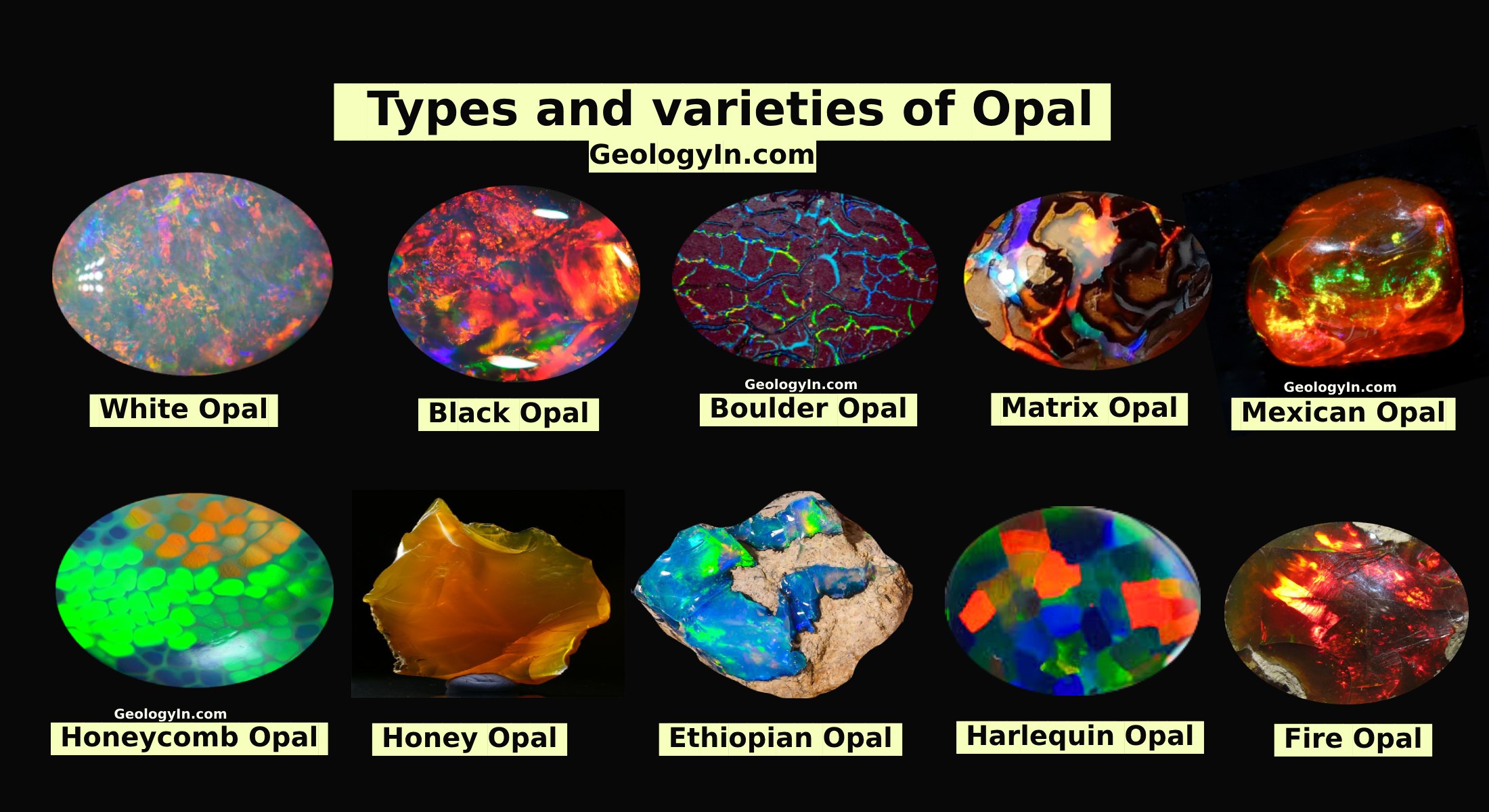How Diamonds Are Formed and Brought to the Surface
Diamonds are formed deep underground, under a high temperature and pressure. They are formed from carbon atoms that have been subjected to these extreme conditions for millions of years. The heat and pressure cause the carbon atoms to bond together in a very strong way, forming a crystal structure.
The process of diamond formation begins when carbon atoms are buried deep underground, at depths of 150 to 200 kilometers (93 to 124 miles). These carbon atoms are subjected to temperatures of 1,000 to 1,500 degrees Celsius (1,832 to 2,732 degrees Fahrenheit) and pressures of 50,000 to 100,000 times atmospheric pressure.
Under these extreme conditions, the carbon atoms are forced to bond together in a very specific way, forming a crystal structure with a tetrahedral shape. This crystal structure is what gives diamonds their hardness and their unique optical properties.
Diamonds are found in kimberlite pipes, which are volcanic rocks that have erupted from the Earth's mantle. Kimberlites are very rare, and they are only found in a few places around the world, such as South Africa, Botswana, Russia, and Canada.
When a kimberlite pipe erupts, it brings diamonds to the surface, where they can be found in riverbeds and other sedimentary rocks. Diamonds can also be found in alluvial deposits, which are sediments that have been deposited by rivers and streams.
The process of diamonds being brought to the surface is not fully understood, but it is thought to involve a combination of factors, including the eruption of kimberlite pipes, the movement of tectonic plates, and the erosion of sedimentary rocks.
One theory is that kimberlite pipes are formed when the Earth's mantle rises up and melts. This molten rock then erupts through the crust, bringing diamonds to the surface.
Another theory is that diamonds are carried to the surface by tectonic plates. Tectonic plates are large slabs of rock that move over the Earth's surface. As these plates move, they can carry diamonds with them.
The erosion of sedimentary rocks can also help to bring diamonds to the surface. When sedimentary rocks are eroded, the diamonds they contain can be released and transported to other locations.
The exact mechanism of diamonds being brought to the surface is still being studied, but it is clear that these incredible gems are formed under extreme conditions and brought to the surface through a complex process.
In addition to the factors mentioned above, the presence of fluids may also play a role in the formation of diamonds. Fluids can help to transport carbon atoms to the areas where they can form diamonds. They can also help to dissolve and transport diamonds to the surface.
The study of diamond formation is a complex and active area of research. Scientists are still learning about the many factors that contribute to this process. However, it is clear that diamonds are a testament to the power of nature and the forces that shape our planet.
Here are some additional scientific details about the formation and transportation of diamonds:
- The carbon atoms that form diamonds are thought to come from the Earth's mantle, which is the layer of rock that lies beneath the crust.
- The mantle is made up of a variety of minerals, including iron, magnesium, and silicon. These minerals are constantly moving and mixing, which can cause carbon atoms to become concentrated in certain areas.
- When the carbon atoms become concentrated enough, they can start to form diamonds. This process takes millions of years.
- Once diamonds are formed, they can be transported to the surface by kimberlite pipes. Kimberlite pipes are formed when the Earth's mantle melts and erupts through the crust.
- Diamonds can also be transported to the surface by tectonic plates. Tectonic plates are large slabs of rock that move over the Earth's surface. As these plates move, they can carry diamonds with them.
- The erosion of sedimentary rocks can also help to bring diamonds to the surface. When sedimentary rocks are eroded, the diamonds they contain can be released and transported to other locations.
The study of diamond formation and transportation is a complex and active area of research. Scientists are still learning about the many factors that contribute to this process. However, it is clear that diamonds are a testament to the power of nature and the forces that shape our planet.
The above story is based on Materials provided by University of Southampton.









